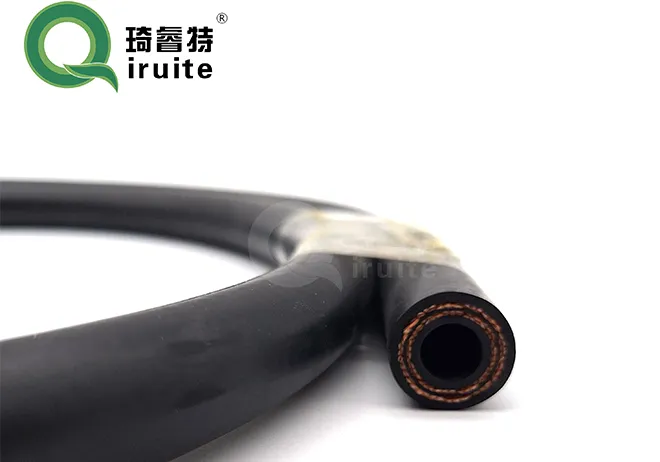repair power steering pipe
Repairing Power Steering Pipes A Comprehensive Guide
Power steering is a crucial component of modern vehicles, providing the necessary assistance to steer effortlessly. However, like any other part of a vehicle, power steering systems can develop issues, one of the most common being problems with the power steering pipes. This article will explore the importance of power steering pipes, common issues that can arise, and how to repair or replace them.
Understanding Power Steering Pipes
Power steering pipes are essential for transporting power steering fluid between the steering pump and the steering gear. This fluid helps in transferring the steering force applied by the driver to the wheels, thereby making steering easier and more manageable. Over time, these pipes can wear out, become clogged, or even develop leaks, leading to decreased performance of the power steering system.
Common Issues with Power Steering Pipes
1. Leaking Pipes One of the most noticeable problems is fluid leakage. If you notice a puddle of reddish liquid under your vehicle, it could indicate that your power steering pipes are leaking. This can lead to a drop in fluid levels, making the steering feel heavy or unresponsive.
2. Clogs Over time, debris and contaminants can build up in the power steering pipes, leading to restricted fluid flow. This can cause whining noises when turning the steering wheel and decreased steering assistance.
3. Corrosion Particularly in older vehicles or those exposed to harsh weather conditions, metal power steering pipes can corrode and become brittle. This can eventually lead to cracks and leaks.
Repairing Power Steering Pipes
repair power steering pipe

When you discover an issue with your power steering pipes, it’s essential to address it promptly to avoid further damage to the steering system. Here’s how to go about it
1. Assess the Damage Begin by inspecting the power steering pipes for any visible signs of damage or leaks. Use a flashlight to check for cracks or corrosion.
2. Fluid Level Check Ensure that your power steering fluid is at the proper level. If it’s low, top it up, but be aware that this is only a temporary solution if there’s a leak.
3. Temporary Repairs For minor leaks, using a sealant specifically designed for power steering systems may provide a temporary fix. However, this is not a long-term solution.
4. Replacement If the pipes are significantly damaged or corroded, replacement is the most effective option. You can either purchase new pipes from an auto parts store or opt for high-quality used parts. If you’re not comfortable performing the replacement yourself, seek help from a professional mechanic.
5. Flush the System After repairing or replacing the pipes, it is advisable to flush the power steering system. This will remove any contaminants that may have accumulated and ensure that the new fluid circulates efficiently.
Conclusion
Maintaining your power steering system, including regular checks of the power steering pipes, is vital for the overall health of your vehicle. Addressing any issues promptly can save you time and money in the long run, ensuring a smooth and safe driving experience. Whether you choose to tackle repairs yourself or consult a mechanic, being informed about the condition of your power steering pipes will empower you to keep your vehicle in top shape.
-
Ultimate Spiral Protection for Hoses & CablesNewsJun.26,2025
-
The Ultimate Quick-Connect Solutions for Every NeedNewsJun.26,2025
-
SAE J1401 Brake Hose: Reliable Choice for Safe BrakingNewsJun.26,2025
-
Reliable J2064 A/C Hoses for Real-World Cooling NeedsNewsJun.26,2025
-
Heavy-Duty Sewer Jetting Hoses Built to LastNewsJun.26,2025
-
Fix Power Steering Tube Leaks Fast – Durable & Affordable SolutionNewsJun.26,2025

